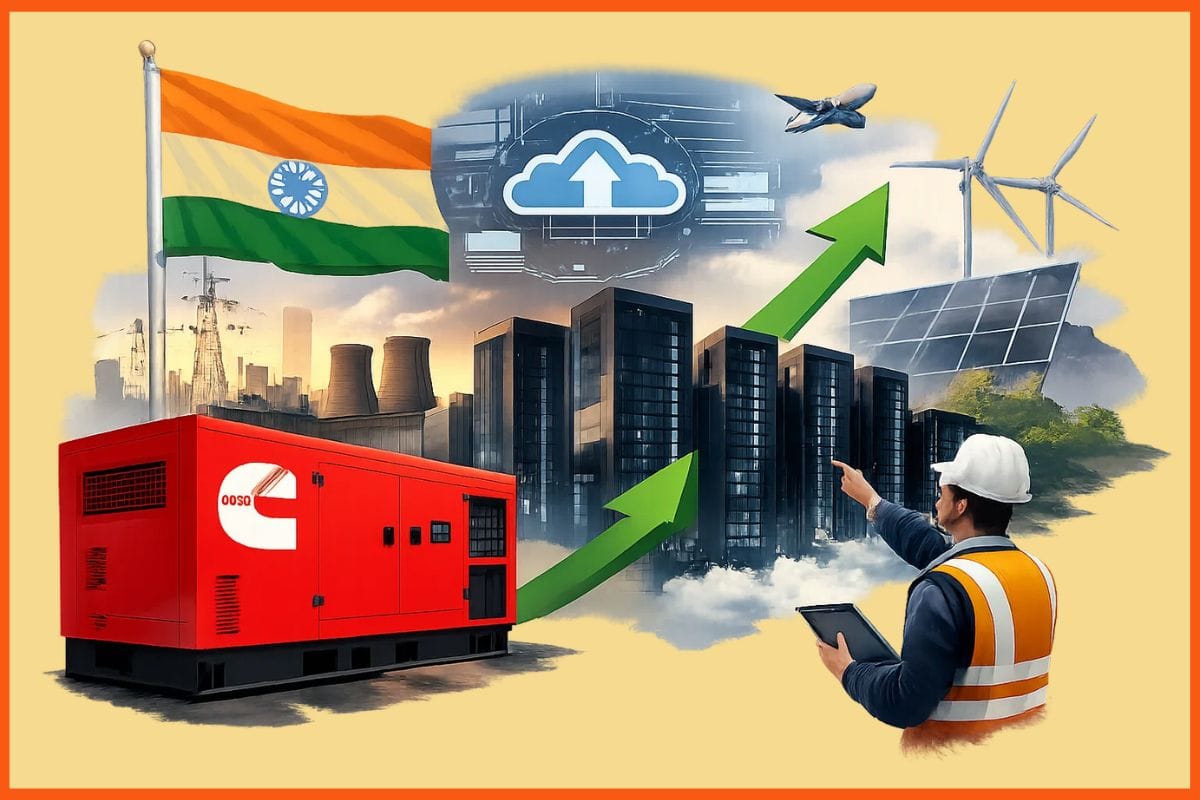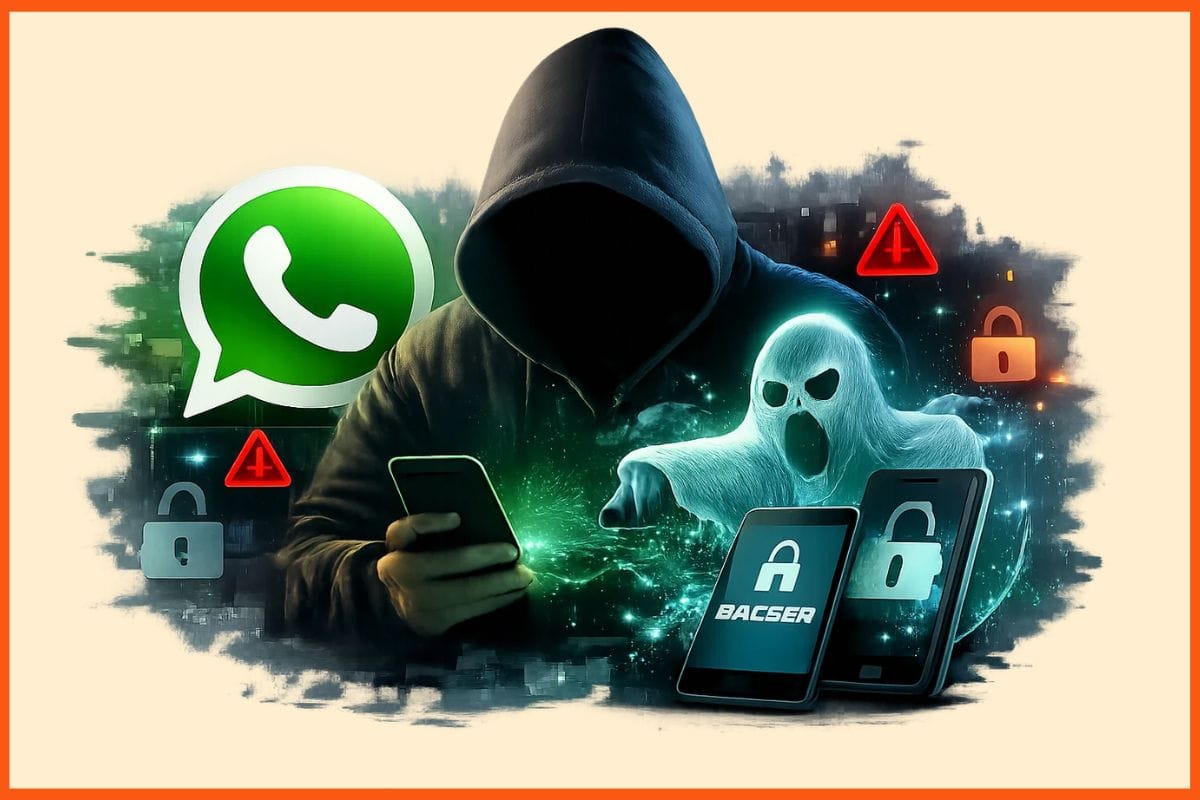How to Track Customer Acquisition in SaaS - SaaS Customer Acquisition Strategy
Customer acquisition
We’d all love to drive Bentley’s and live in mansions overlooking the beach, but not if it means spending the money your family relies on to buy food. Similarly, every business wants to get as many customers as possible, but not if it means going broke in the process. In order to achieve that balance, a crucial metric for businesses (especially startups) to track is customer acquisition cost (CAC).
Achieving sustainable growth for a SaaS company means constantly acquiring new customers and keeping them around for as long as possible. While this may sound simple, it can be incredibly challenging to find new opportunities for growth and customer acquisition in the crowded SaaS industry. If you’re too cautious about your CAC, you will likely be missing out on customers and future revenue. Yet, if you spend too freely, you won’t be profitable and will likely end up in the dead pool.
This article will walk you through the saas customer acquisition strategy.
Also read: Boonbox- Taking Online Shopping to Rural India
What is Customer Acquisition Cost?
Put simply, customer acquisition cost (CAC) is – you guessed it – the cost of acquiring a new customer. To compute the cost to acquire a customer, CAC, you would take your entire cost of sales and marketing over a given period, including salaries and other headcount related expenses, and divide it by the number of customers that you acquired in that period.
It doesn’t take a genius to understand that business model failure comes when CAC (the cost to acquire customers) exceeds LTV (the ability to monetize those customers).
A well-balanced business model requires that CAC is significantly less than LTV:

Here are some typical industry standard cost of customer acquisition values, the amount of money each company spends on average on marketing and advertising to acquire just one new customer:
Travel: Priceline.com - $7
Telecom: Sprint PCS - $315
Retail: Barnesandnoble.com - $10
Financial: TD Waterhouse - $175
Relevant read: 8 Ways to Toggle SaaS Customer Retention
How CAC works?
Let’s say you run a company called ABC, which sells movie inspired accessories.
From June to December 2019, you spent $100,000 on sales (mainly sales team salaries) and marketing (Google ad spend, Facebook ads, content creation, marketing team salaries).
In that same time frame, you made 10,000 sales.

Dividing $100,000 by 10,000 gets you 10. So, for this time period, ABC has a CAC of $100.
Relevant read: Kapture CRM - A Single Platform to Manage the Sales and Service Teams
Why Is CAC so Important?
Understanding CAC is critical for businesses of all sizes. However, it’s particularly relevant to startups that are in the early stages of scaling up or trying to woo potential investors. Once you know your CAC, you can evaluate the cost of growing the business and the value each new customer brings.
To acquire new customers, most SaaS companies devote a substantial amount of time and money before they see a full return on their investment. Examining just how many months of revenue from a customer are actually needed to recover these costs becomes essential as your business grows, as it may take much longer than you think for your company to recover CAC and actually begin to profit.

Tracking Customer Acquisition allows for a better control of your spending and makes sure you’re being profitable on specific channels.
Also read: Must-Read Startup Books For Students
Why is SaaS Customer Acquisition So Difficult?
The average length of the sales cycle for a SaaS company is nearly 3 months. That's quite a long time to be chasing someone down and asking them to buy something from you. If you consider some of the factors that lead to this extended buying process though, you'll see that it makes quite a bit of sense for customers to take their time:
High Cost
SaaS solutions aren't usually very cheap. Even with less expensive tools, customers must factor in the recurring charges that go along with the SaaS subscription-based payment model. This can add up to be a significant amount of money for some customers.
Privacy Concerns
Because SaaS solutions are based in the cloud, new customers can sometimes be reticent about allowing an unknown tool process their (or their customers') personal data on external servers without learning more first.
Complexity
Most SaaS tools are built with deep sets of features and complicated use cases to solve complex problems for which customers may not even know the extent of their needs.
Too Many Options
The SaaS industry has exploded in the past 10 years, meaning customers have usually have several different choices when choosing a SaaS solution.
All of these factors act as barriers to customer acquisition. This is why SaaS customers require an extra level of care and education (or nurturing) to incrementally move them towards a purchase decision
Relevant read: Tally Dekho - A simple Tool for Accounting
How to Track Leads through the Stages of SaaS Customer Acquisition?
There are 4 unique stages that leads go through before making a purchase and becoming SaaS customer:
Awareness
Prospects first become aware of your business. This is usually the stage in which leads find you through a blog post or other content. Often, they're not looking for a solution at this stage, and they may not even be aware that they have the problem your product solves.
Engagement
Potential customers start regularly consuming your content, subscribe to your newsletter, and maybe even download an eBook or other resource from you. They are more aware of the problem you solve and begin questioning whether they need a solution.
- Exploration: After learning that they have a problem and need a solution, prospects will do research on their options. This usually means visiting your pricing page, reaching out to sales, requesting a quote, or signing up for a free trial or free account to test out the product.
- Conversion/Retention: Once prospects have fully explored all of the options you offer, they sign up for the plan that's right for them and become a paying customer. Now it's all about making sure they succeed with your tool and continue to be an active user.
Also read: The 10 Best Tools for Graphic Designers
Things to Consider
While tracking Customer Acquisition may sound simple at first, here are just some of the things you’ll need to consider:
1. Ability to clean the data whenever necessary
2. Ability to cater for your own business needs (targeting Accounts VS Users)
3. Ability to integrate with other software (e.g. CRM, Payment Processors)
4. Ability to manage all the Ad Platforms you use
5. Ability to monitor all costs (CAC calculation)
6. Ability to choose and switch between Attribution Models
Relevant read: List of Top Startups in Bangalore
Strategies for Reducing Customer Acquisition Cost
If your CAC is higher than you’d like (or can afford), something’s got to change. Here are a few strategies you can use to reduce CAC and improve your bottom line.
1. Conversion Rate Optimization
Optimizing your website can increase your revenue and lower your CAC by making it easier for visitors to convert. This is particularly important for e-commerce sites that might be losing out on sales even if their traffic is high.
Check that your site loads quickly, displays properly on mobile devices, and that your checkout process is simple and bug-free. You should also perform A/B testing on your landing page copy to find out what works best for your target market.
2. Using influencer marketing, even for B2B
The phenomenon of influencer marketing doesn’t start and end with Instagram models, especially not in the SaaS space.
An “influencer” is simply someone who can lend their credibility, and in doing so boost an organization’s reputation. In the B2C world, celebrities will often sell just about anything.
The audience for B2B influencers is different. Influencers have a reputation, so they won’t be promoting junk. They will seek to partner with superior products that align with their brand and are disrupting their space.
3. Reward Referrals
If you can get consistent referrals from existing customers, your average CAC will drop significantly. Say, for instance, a customer who cost you $15 to acquire refers two new customers. This brings your CAC down from $15 to $5 because you landed three new customers for the cost of one.
Implement an attractive referral program that gets more customers to spread the word about your business – not just because they enjoy your product or service, but also because you’re offering a referral bonus to sweeten the deal. This could be something as simple as a discount code for their next purchase or a temporary upgrade to your premium service for referring new users.
4. Building product-led growth into the marketing strategy (the flywheel)
Startup unicorns have built insanely good products that catch on faster than any marketer can sell them. What does a product-led growth campaign look like out in the wild? Take Expensify, for example. As part of their marketing efforts, they directly targeted people who submit expense reports. Their slogan was “Expense reports that don’t suck.” Instead of looking mainly at buyers, they tried to hone in on a more specific user pain point.
The Slack platform allows users to invite others into their workspace. Dropbox has a functionality where you can add a new user to unlock more space. The Ice Bucket Challenge raised $100 million in 30 days. All of these are examples of product-led growth.
Look at the level of touch required to complete a sale. Some products are easily understood, while others may require a careful walk-through by a sales person. Sometimes, the customer will want a trial with their own data. Consider every possible way to minimize this. For example:
- Create demo videos that answer every likely sales question.
- List the common sales objections that come up in the sales cycle, and provide answers to these on the web site.
- Try using customer references to avoid the need for a trial.
- If your customers are going to compare you to the competition as part of their process, consider doing this for them, with a section of your site that has a comparison matrix with appropriate check marks.
Also read: Life Story of Sundar Pichai: The Hurdles and the Success
The Key to SaaS Customer Acquisition
Tackling the SaaS customer acquisition cycle is not for the faint of heart. It requires a lot of work, and most importantly, a deep understanding of your customer and their needs to create a SaaS acquisition strategy that works.

“A rough rule of thumb is successful SaaS companies are spending about 20%-30% of the fully calculated CLTV on customer acquisition.”
JASON LEMKIN, FOUNDER, SAASTR
So, if a SaaS customer LTV is $1,000, then their customer acquisition costs should be in the range of $200 to $300 to stay competitive. Or put another way, ⅓ to ⅕ LTV.
When you're applying these principles in your own acquisition efforts, be sure to always put your customer's needs first. By focusing on their benefits and what they're looking for in a solution, leads will be much more receptive to your messages. Keep this in mind and find ways to guide them through the acquisition process with helpful interventions that come at the right time and add value to their experience. This will lead to much more success in the long run.
Also read: BookMyShow - The Indian Startup That Did Not Have A Smooth Sail
Comment your views and if you know any other tip to track customer acquisition, please let me know in the comment section.
Must have tools for startups - Recommended by StartupTalky
- Convert Visitors into Leads- SeizeLead
- Website Builder SquareSpace
- Manage your business Smoothly Google Business Suite





